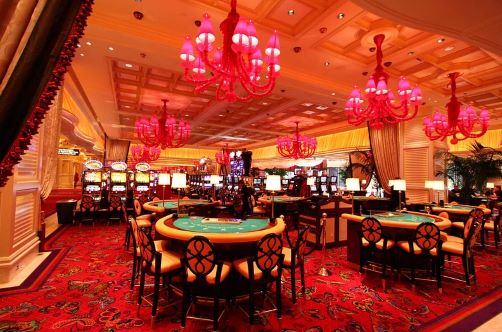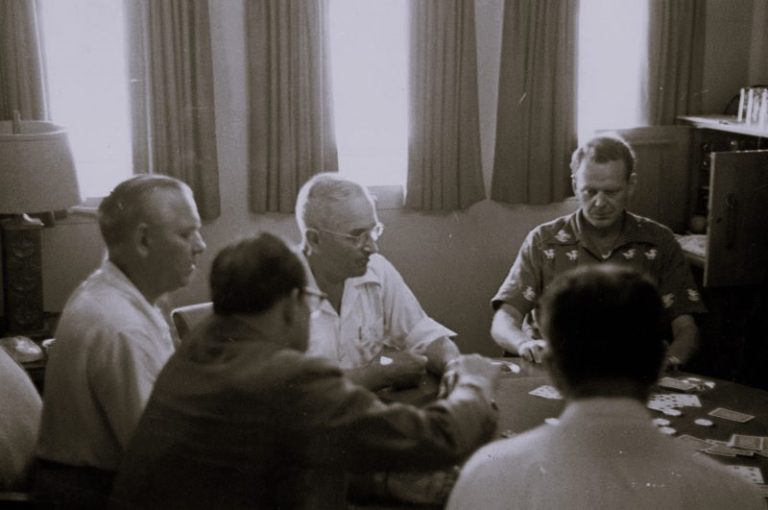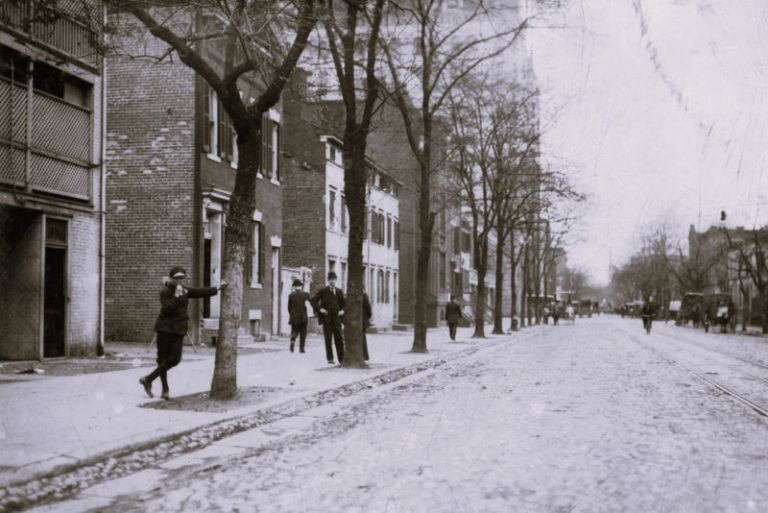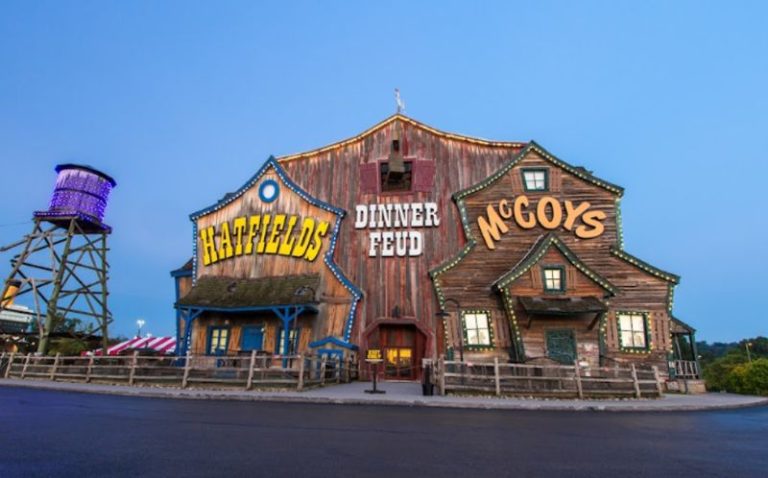

Gambling has always been an engaging topic of popular culture, often depicted as an exciting yet risky endeavor with potentially enormous gains or devastating losses. This fascination extends into modern media such as online casino Joker8, can be found on https://slovenskeonlinecasino.com/kasina/joker8-casino speaks for itself and needs no review. Literature, film, and television all capture our fascination with casinos’ glamour yet peril – offering insight into society attitudes toward risk/reward.
Literary works, films, and television depictions of casinos reflect our fascination with both its allure and perils of gambling, providing entertainment as well as insight into societal attitudes regarding risk and reward. Contemporary discussions around casinos are enhanced through casino reviews such as those found at kazino lv which offer comprehensive evaluations of gaming experiences and casino bonuses offered. Such reviews help bring gambling alive – helping bridge fictional depictions with actual casino environments!
Literature Offers Insight into Gambling’s Charm
Literature often depicts casinos as both seductive and dangerous places, making classic works like Fyodor Dostoevsky’s ‘The Gambler’ (1867) an indispensable investigation of both the psychological and moral dimensions of gambling. Dostoevsky uses his personal experiences in The Gambler to examine compulsive gambling’s effect on personal and financial security; its portrayal as both seductive escape and destructive obsession reveals this dichotomy perfectly.
Ian Fleming’s ‘Casino Royale’ (1953), which introduced us all to James Bond, provides another noteworthy example. Here, casino scenes play not just as settings but a critical component of plot development – emphasizing his sophisticated mannerisms and high stakes drama; more specifically, its centerpiece of baccarat serves as an allegorical image to his battles against adversaries that combine elements of chance with strategic intelligence.
Glamour and Intrigue on the Silver Screen
The film has contributed significantly to the casino’s allure, mixing real-life glamour with fictional drama. Films that depict casinos perfectly illustrate this fascination; classic examples are Martin Scorsese’s ‘Casino’ (1995) and ‘Ocean’s Eleven’ (2001). ‘Casino’ delves deep into Las Vegas’ gritty underworld, depicting its casinos as sites of organized crime, corruption, and decadence while its depiction – with bright lights, high rollers, and questionable dealings – captures the complex relationship between allurement and danger perfectly.
On a more glamorous note, ‘Ocean’s Eleven’ depicts casinos as an arena for sophisticated heists. Las Vegas casinos were featured prominently as symbols of wealth and luxury where high-stakes gambling meets intricate schemes – creating the backdrop of excitement that the movie used.
Television: Casino in Modern Entertainment
Television has also caught on to the allure of casinos, with shows like ‘Las Vegas’ (2003-2008) and ‘Breaking Bad’ (2008-2013) providing distinct takes on gambling. ‘Las Vegas’ gives viewers an inside view of casino operations while remaining lighthearted enough for comedy; ‘Breaking Bad’ provides different perspectives as it follows two drug dealers around as they attempt to crack an illicit operation and its mysterious owner through all stages. Both series capture both glamorous aspects as well as complex processes involved with managing such an environment – something ‘Las Vegas’ doesn’t do well at.
‘Breaking Bad’ makes use of casino scenes to depict the darker aspects of gambling. Characters turn to gambling to alleviate their various woes or escape them altogether – showing just how tempting casinos can be!
Conclusion
Casinos continue to captivate our collective imagination in literature, film, and television representations that reflect their popularity among us all. These visual depictions depict casinos from their glamour, risk, and psychological complexity, all providing entertainment as well as insight into human nature and societal values through all types of depictions from literature to film and television screen representations continue to captivate our imagination while shaping cultural narratives throughout time and media representations thereof.


